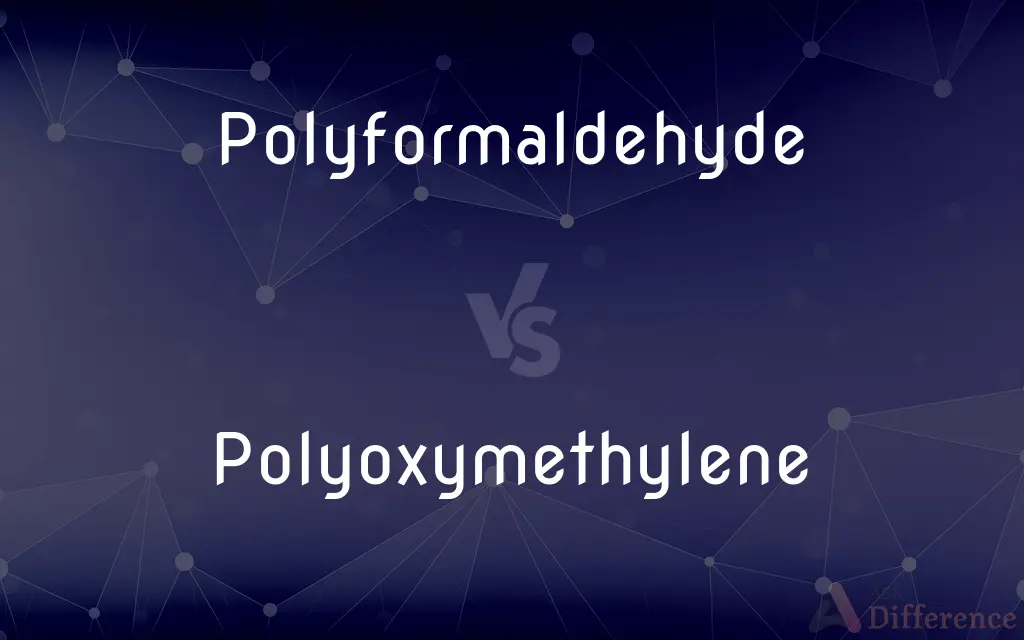Polyformaldehyde vs. Polyoxymethylene — What's the Difference?

Difference Between Polyformaldehyde and Polyoxymethylene
ADVERTISEMENT
Compare with Definitions
Polyformaldehyde
(chemistry) polyoxymethylene
Polyoxymethylene
Polyoxymethylene (POM), also known as acetal, polyacetal, and polyformaldehyde, is an engineering thermoplastic used in precision parts requiring high stiffness, low friction, and excellent dimensional stability. As with many other synthetic polymers, it is produced by different chemical firms with slightly different formulas and sold variously by such names as Delrin, Kocetal, Ultraform, Celcon, Ramtal, Duracon, Kepital, Polypenco, and Hostaform.
Polyoxymethylene
(chemistry) A polymer of formaldehyde having a repeat unit of -CH2-O- ; it is used in engineering to make small gears etc
Share Your Discovery

Previous Comparison
Encapsulation vs. Tunneling
Next Comparison
Tab vs. Tub













































